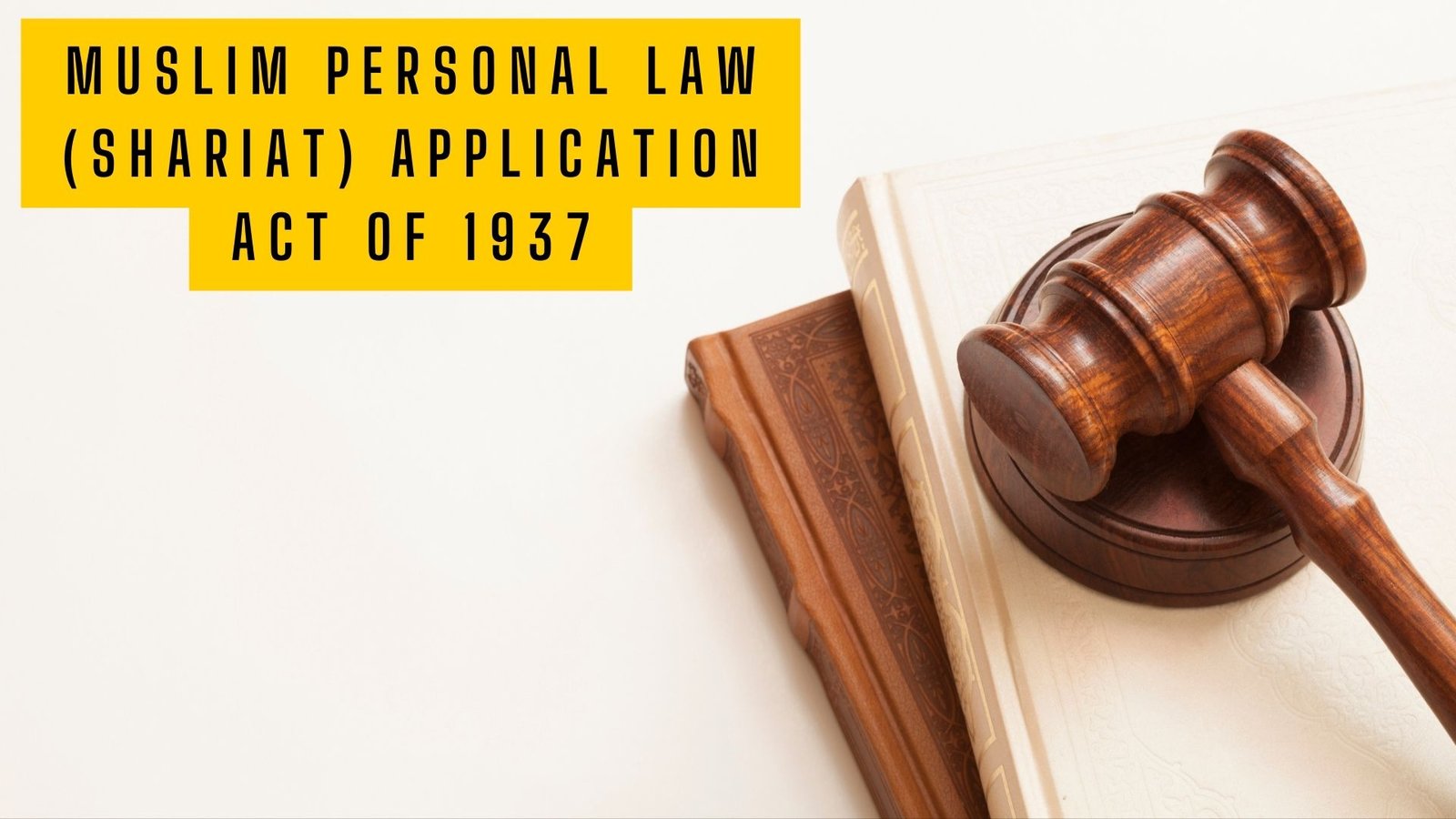On this page you will read detailed information about Hierarchy of Courts in India.
The Indian judicial system is a complex and intricate structure that ensures the rule of law and the dispensation of justice in the country. With its hierarchical organization, the system consists of various levels of courts that cater to different types of cases and provide avenues for appeal and redressal. This article aims to provide a comprehensive understanding of the hierarchy of courts and the justice system in India.
Introduction
The Indian judicial system is an essential pillar of the country’s democracy, ensuring the protection of rights and the resolution of disputes. It is based on a hierarchical structure that consists of various levels of courts, each with its specific jurisdiction and powers. These courts serve as forums for the interpretation and application of laws, as well as the resolution of conflicts between individuals, organizations, and the state.
The Supreme Court of India
At the apex of the Indian judicial system is the Supreme Court of India. Established on January 26, 1950, the Supreme Court is the highest court of appeal and the guardian of the Constitution. It has the power of judicial review and can strike down laws that violate the fundamental rights enshrined in the Constitution.
Composition and Jurisdiction
The Supreme Court consists of a Chief Justice of India and a maximum of 34 judges. The President of India appoints the judges in consultation with the Chief Justice and other senior judges. The court has original, appellate, and advisory jurisdiction. Its original jurisdiction includes disputes between the central government and state governments, as well as inter-state disputes. The appellate jurisdiction allows the Supreme Court to hear appeals from lower courts. The court also has the power to give advisory opinions on matters referred to it by the President of India.
In the previous post, we had shared information about An Overview Of Gambling Laws And Regulations In India, so read that post also.
Appointment of Supreme Court Judges
The appointment of Supreme Court judges is a rigorous process. The President of India appoints judges based on the recommendations of a collegium consisting of the Chief Justice of India and a group of senior judges. The collegium considers factors such as legal acumen, integrity, and suitability for the position. Once appointed, judges hold office until the age of 65.
Structure and Chief Justice of India
The Supreme Court functions through a system of benches, with each bench comprising a varying number of judges. The Chief Justice of India is the head of the judiciary and exercises administrative and judicial powers. The Chief Justice is responsible for assigning cases to different benches, maintaining court discipline, and representing the judiciary in interactions with the executive and legislative branches of the government.
High Courts of India
Below the Supreme Court, India has 25 High Courts, one for each state. Some High Courts have jurisdiction over multiple states or union territories. The High Courts are the highest judicial authorities in their respective states and have original, appellate, and writ jurisdiction.
Jurisdiction of High Courts
High Courts have the power to hear appeals from lower courts within their jurisdiction. They also have original jurisdiction in certain matters, such as cases involving constitutional issues, disputes between the state government and central government, and cases of public importance. High Courts exercise writ jurisdiction, allowing them to issue writs for the enforcement of fundamental rights and to keep a check on the actions of the executive and lower courts.
District Courts
At the district level, the judiciary is represented by District Courts. These courts are established in every district of the country and function under the administrative and judicial control of the respective High Court. District Courts have jurisdiction over civil and criminal matters, and they serve as the trial courts for most cases.
Structure and Jurisdiction
Each District Court is headed by a District Judge who is appointed by the state government. The District Courts have several subordinate courts, including courts of Civil Judges, Chief Judicial Magistrates, and Judicial Magistrates of different ranks. The District Courts handle a wide range of cases, including civil disputes, criminal offenses, family matters, and property disputes.
Tribunals in India
In addition to the regular court system, India has specialized tribunals that deal with specific types of disputes. These tribunals are established to provide efficient and expeditious resolution of disputes in areas such as taxation, administrative matters, labor disputes, and intellectual property rights. Some notable tribunals include the Income Tax Appellate Tribunal, Central Administrative Tribunal, and National Company Law Tribunal.
Specialized Courts in India
Apart from the regular courts and tribunals, India has specialized courts that focus on particular areas of law. These courts are created to ensure the effective and speedy resolution of cases in specific domains. Some examples include Family Courts, which handle matters related to matrimonial disputes, and Commercial Courts, which deal with commercial disputes of a certain value.
Alternate Dispute Resolution (ADR)
To ease the burden on the courts and promote quicker resolution of disputes, India has embraced alternate dispute resolution mechanisms. ADR methods such as mediation, arbitration, and conciliation provide parties with alternatives to litigation. These methods encourage parties to resolve their disputes amicably with the help of a neutral third party. ADR mechanisms are widely used in both civil and commercial disputes and are supported by legislation and court rules.
The Role of Lok Adalats
An interesting feature of the Indian legal system is the existence of Lok Adalats, also known as People’s Courts. These forums aim to resolve disputes through methods like conciliation and negotiation. Lok Adalats have the authority to pass legally binding decisions, which are considered as decrees of civil courts. They handle a wide range of cases, including civil, criminal, and family disputes. Lok Adalats operate under the Legal Services Authorities Act, 1987, and their decisions are based on the principles of natural justice.
Recent Reforms in the Indian Judiciary
In recent years, the Indian judiciary has undergone significant reforms to streamline processes, improve efficiency, and reduce backlog. Reforms include the introduction of e-filing and digitization of court records, the establishment of specialized commercial courts to expedite commercial disputes, and the implementation of case management systems to track and monitor cases. These reforms aim to enhance access to justice, reduce delays, and ensure the effective functioning of the judicial system.
Challenges and Future Outlook
While the Indian judicial system has made commendable progress, it faces several challenges. The backlog of cases, delays in disposal, and the need for more judges are some of the pressing issues. There is a constant endeavor to improve infrastructure, increase judicial strength, and promote the use of technology for efficient case management. The future of the Indian judiciary lies in embracing innovation, promoting transparency, and ensuring equal access to justice for all.
Conclusion
The hierarchy of courts and the justice system in India plays a crucial role in maintaining the rule of law and upholding the principles of justice. From the Supreme Court to the District Courts, each level of the judicial system has a specific role and jurisdiction. The Indian judiciary continues to evolve and adapt to the changing needs of society, striving to provide accessible, fair, and efficient justice to all citizens.
Disclaimer
The information and services on this website are not intended to and shall not be used as legal advice. You should consult a Legal Professional for any legal or solicited advice. While we have good faith and our own independent research to every information listed on the website and do our best to ensure that the data provided is accurate. However, we do not guarantee the information provided is accurate and make no representation or warranty of any kind, express or implied, regarding the accuracy, adequacy, validity, reliability, availability, or completeness of any information on the Site. UNDER NO CIRCUMSTANCES SHALL WE HAVE ANY LIABILITY TO YOU FOR ANY LOSS OR DAMAGE OF ANY KIND INCURRED AS A RESULT OR RELIANCE ON ANY INFORMATION PROVIDED ON THE SITE. YOUR USE OF THE SITE AND YOUR RELIANCE ON ANY INFORMATION ON THE SITE IS SOLELY AT YOUR OWN RISK. Comments on this website are the sole responsibility of their writers so the accuracy, completeness, veracity, honesty, factuality and politeness of comments are not guaranteed.
So friends, today we talked about Hierarchy of Courts in India, hope you liked our post.
If you liked the information about Hierarchy of Courts in India, then definitely share this article with your friends.
Knowing about laws can make you feel super smart ! If you find value in the content you may consider joining our not for profit Legal Community ! You can ask unlimited questions on WhatsApp and get answers. You can DM or send your name & number to 8208309918 on WhatsApp











